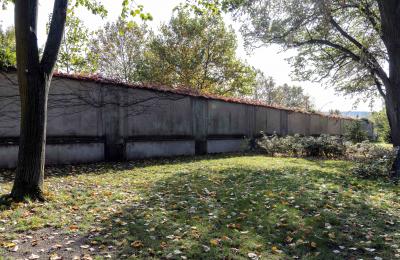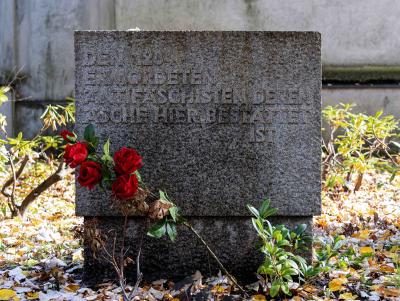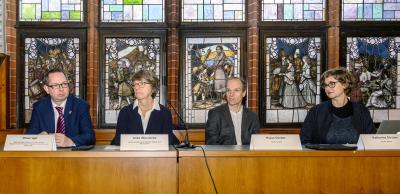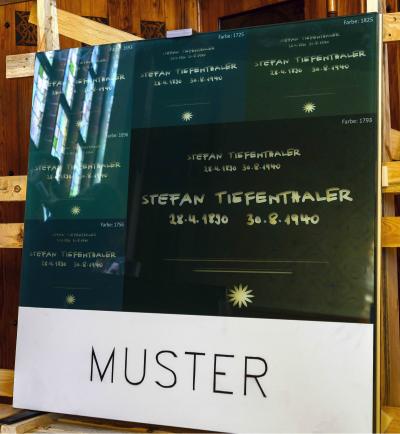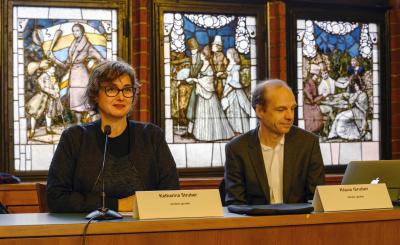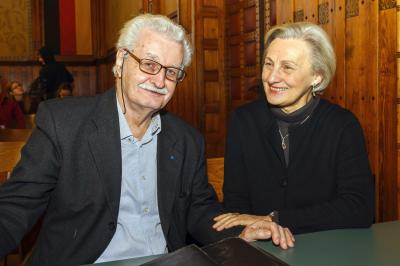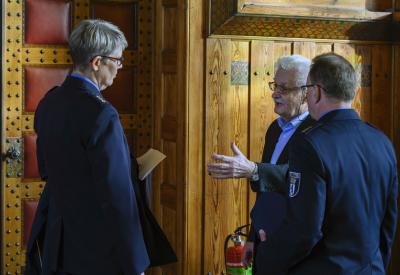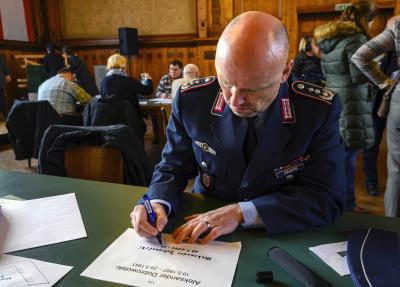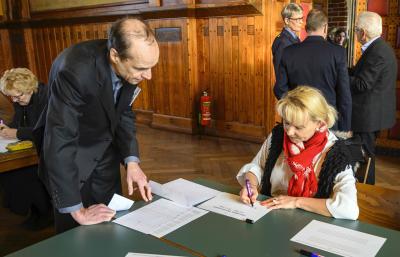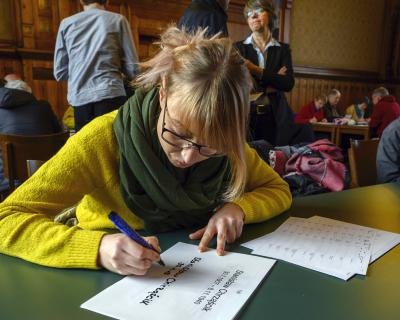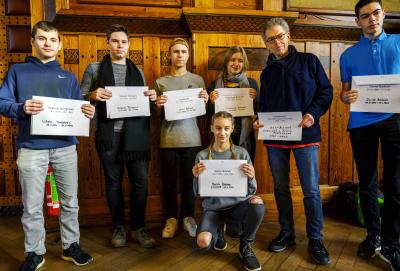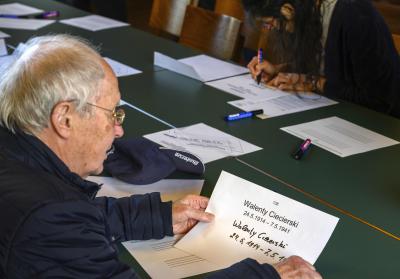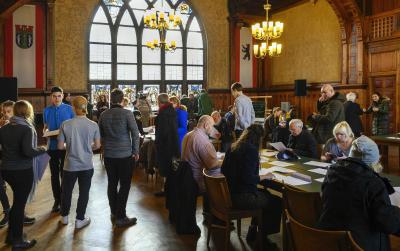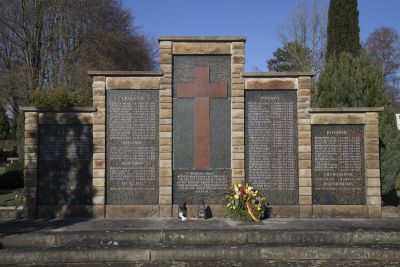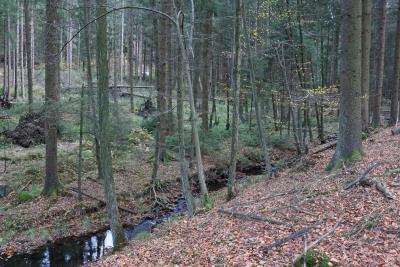Saving them from being forgotten. The Altglienicke Cemetery in Berlin

I ask: Why should they be the ashes of a Polish priest and not those of a Polish craftsman or tailor? This is a classic example of emotions running unnecessarily high again and all reason being push aside. Just a reminder: In the urns on a field of remembrance, the ashes of the various persons entered in the cemetery register for areas U1 and U2 may or may not be at rest there (there is no guarantee). The reason for this is easy to understand: In the crematoria in Berlin, as in Sachsenhausen concentration camp later on, several people were all cremated together in a furnace and their ashes were then put in a container. For this reason, exhuming and transferring the ashes to Poland would be nothing more than a “trade in relics” for political purposes.
Thankfully, it did not happen. The proposal put forward by the Catholic Mission was not pursued.
The project is due to be realised in autumn 2020. Its implementation is now only dependent on progress being made in fabricating the “commemorative glass plaques” and in installing them securely in the cemetery.
Up to now...
On 27 January, the Day of Remembrance for Victims of Nazism, individuals, pupils from neighbouring schools, members of the police force and of the armed forces appeared in Köpenick town hall to give those who died and those who were murdered their identity back with their own individual scripts. The “script godparents” also included civil servants from the municipal authority as well as passers-by who happened to get involved and... Polish friends.
All are equal before history.
Irrespective of their heritage, their profession and their belief.
And that is how it should stay.
Wojciech Drozdek, march 2020
More on this project and its realisation can be found on this website at: https://www.erinnerungsort-altglienicke.de/erinnern-und-gedenken-an-1364-tote/

